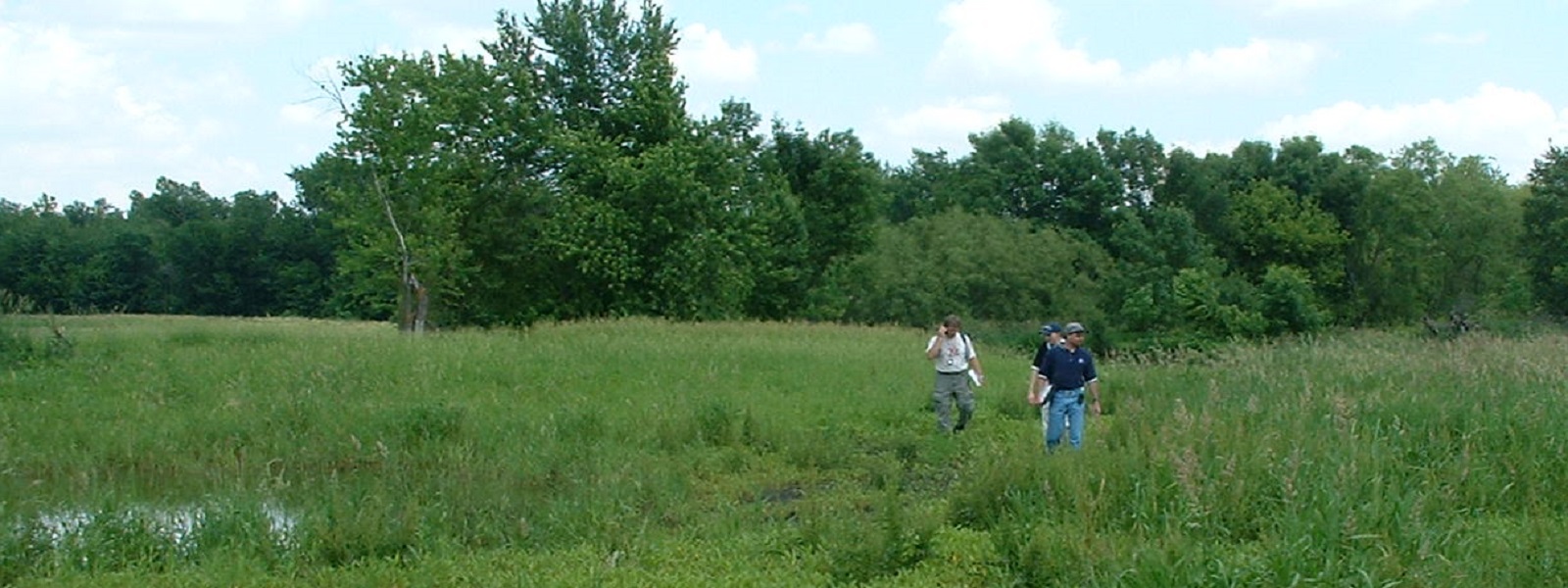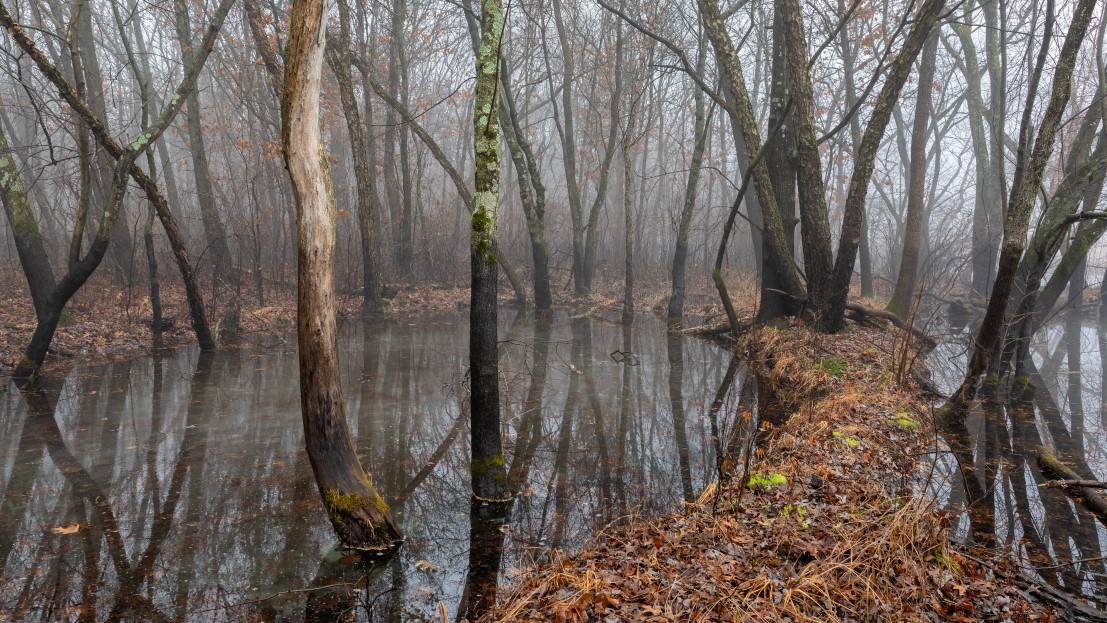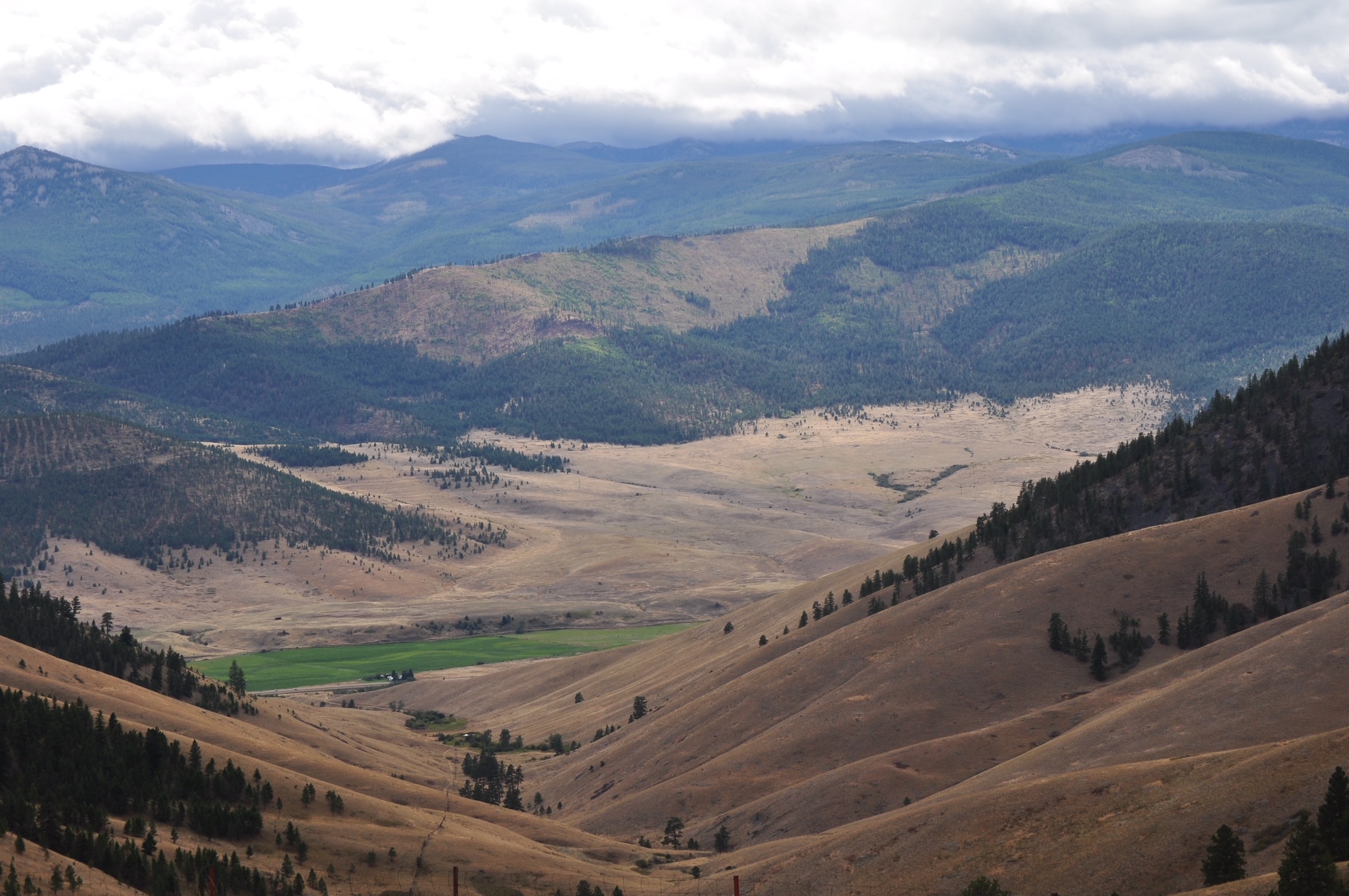Manage, restore, conserve, and assess natural resources with expert guidance from SES. We can help you plan and monitor natural resources management projects including soil, water, rangeland, erosion control, and land use.
Our Services
Rangeland Management
Manage, conserve, and sustain rangeland soils, plants, water, and wildlife. SES can support your project with land-use planning and monitoring, environmental assessments. Our team develops best management practices for various rangeland types and uses.
Soil Resources and Erosion Control
Soils are important for plant growth, water quality and resources, storm water and waste management, and management costs. SES soil scientists can assist you with erosion control systems, evaluating erosion damage, and planning to stabilize land and streams.
Ecological Assessment
SES conducts ecological assessments, environmental studies, and permit development for projects ranging from habitat restoration to construction projects.
Project Experience
SES has more than twenty years of experience in natural resource management and planning. Our project work includes:
Crop Rotation Analysis for the United Soybean Board
SES conducted an analysis of how crop rotation impacts nutrient management and sustainability performance, including nitrogen management and losses and soil and plant carbon dynamics in an agroecosystem.
Stream Use Analysis for Missouri Department of Natural Resources
SES analyzed water use and health characteristics of 184 streams in Missouri. The field work consisted of navigating to the correct stream segment and documenting stream conditions per the MDNR WBCR UAA Protocol. The information collected and documented for each stream cross section included photographs, GIS coordinates, transect cross section depth measurements and basic stream characterization data such as site conditions and stream morphology.
Evaluation of Wetland Restoration Projects in Kansas for Kansas Water Office
SES completed a Voluntary Wetland Restoration Guidance Document for Kansas wetlands. The project required field review of current conditions of 50 selected wetlands and comparing the conditions to the as-built planned wetland. SES used a modified Wetland Evaluation Technique (WET) to evaluate 11 primary wetland functions/values including vegetation, hydrology, operation, and maintenance. SES took water samples and completed GIS analysis of historic hydrology and existing hydrology to determine the degree of success of the restoration and make recommendations for future designs.



